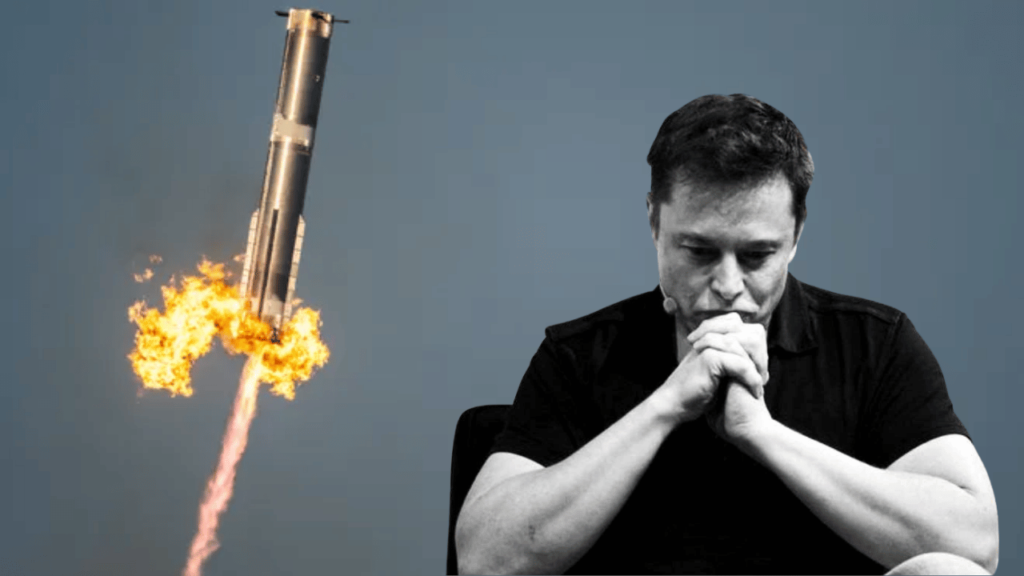Time to Read: 2 minutes
No-BS Meter: 9/10
30-Second Summary:
SpaceX’s Starship vehicle lost control during its eighth test flight, breaking up over the Bahamas and Dominican Republic after approximately eight minutes in flight. While the Super Heavy booster successfully returned to the launch pad in Texas, Starship lost multiple Raptor engines and began spiraling before communications were lost. The FAA has halted flights into major Florida airports and is requiring SpaceX to conduct a mishap investigation.
Key Bullet Points:
- Starship lost multiple Raptor engines approximately 8 minutes into flight
- Vehicle began spiraling out of control before breaking up over the Caribbean
- Super Heavy booster successfully returned to the launch pad for its third catch
- FAA briefly halted flights to Florida airports due to “space launch debris” concerns
- This marks the second consecutive Starship test flight ending in failure
Why It Matters:
This high-profile failure raises questions about SpaceX’s rapid test-and-learn development approach. For engineering and aerospace students, it provides a real-world case study in complex systems failure analysis. The incident also highlights regulatory challenges in commercial spaceflight as SpaceX CEO Elon Musk has recently deployed employees to the FAA, which oversees the company’s flights.
Action Items:
- Aerospace students: Compare this failure with previous Starship test flights to identify patterns
- Engineering students: Study SpaceX’s rapid iteration methodology and its pros/cons
- Business students: Analyze how these setbacks might impact SpaceX’s commercial timeline
- All students: Watch for updates on the FAA’s mishap investigation findings
Resources:
- SpaceX’s X account for official statements: https://twitter.com/SpaceX
- FAA aerospace updates: https://www.faa.gov/space/


